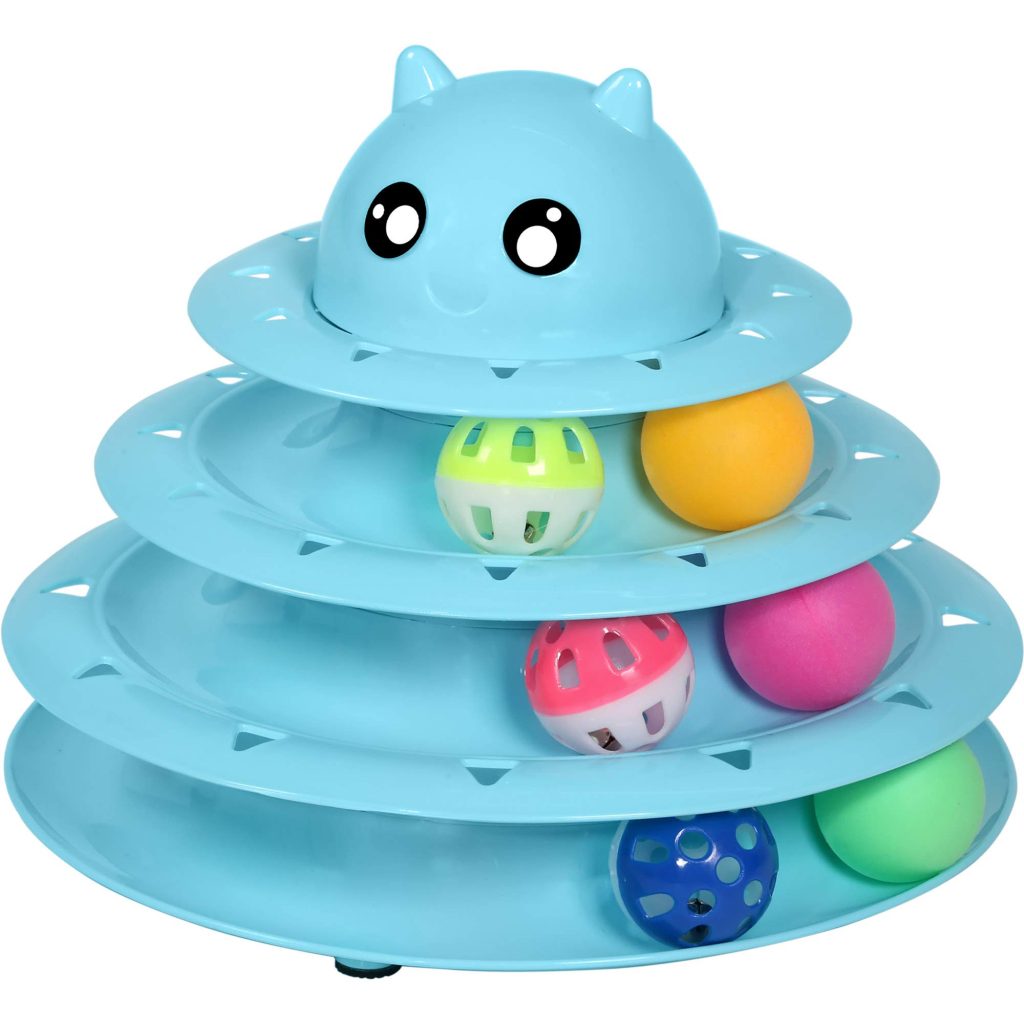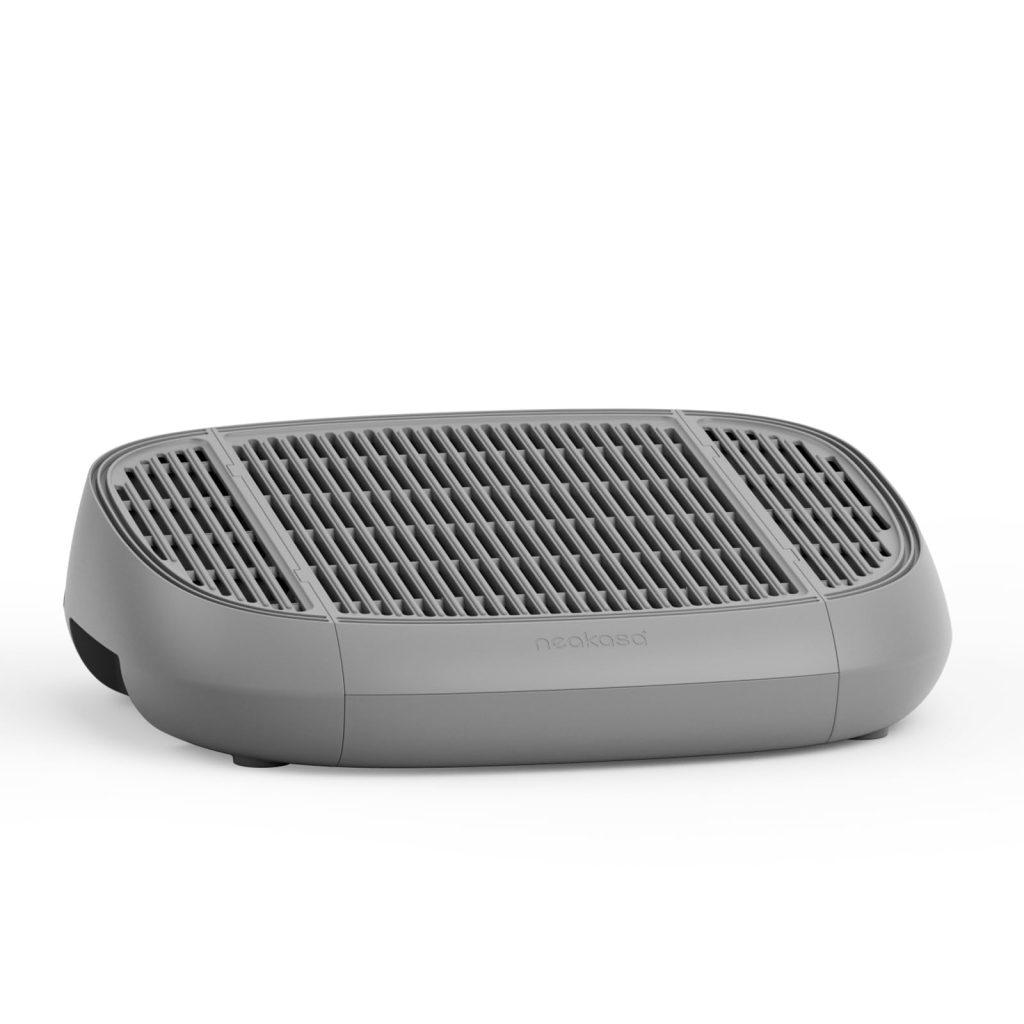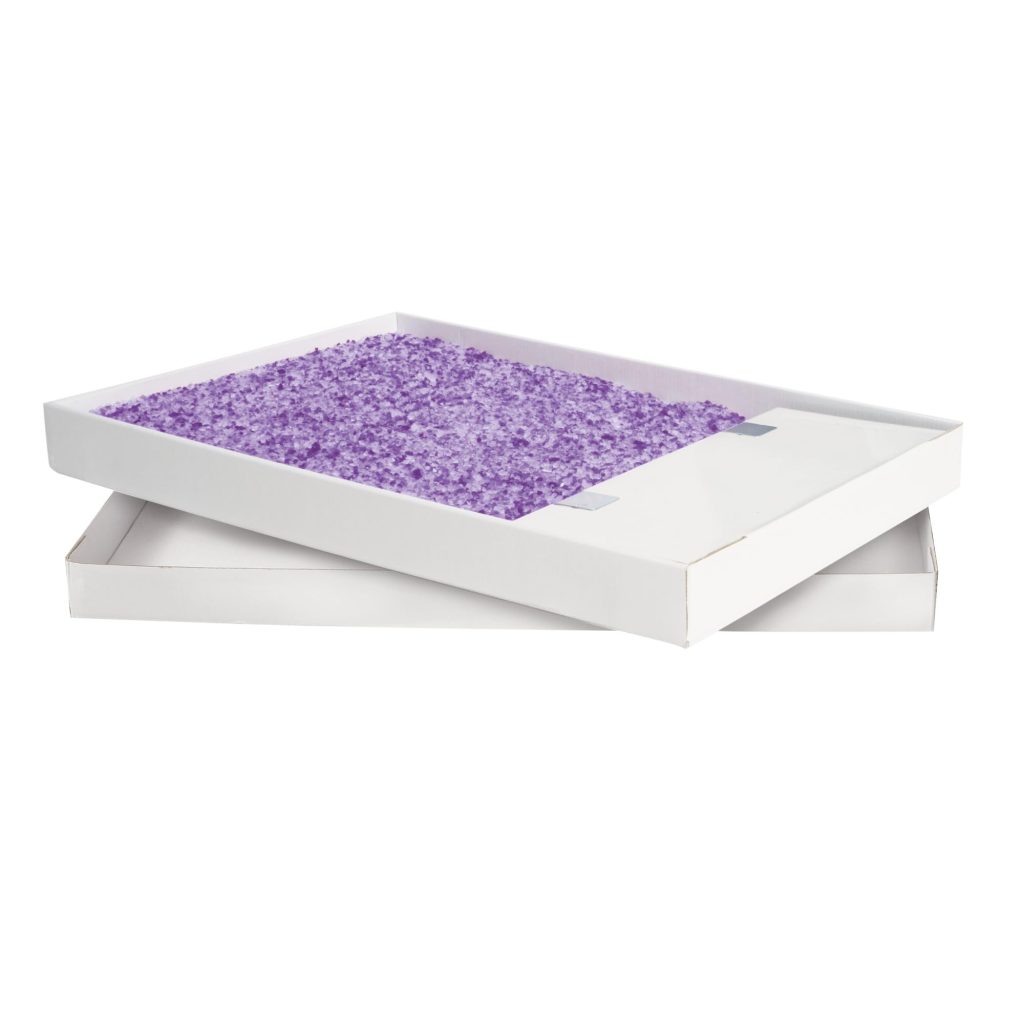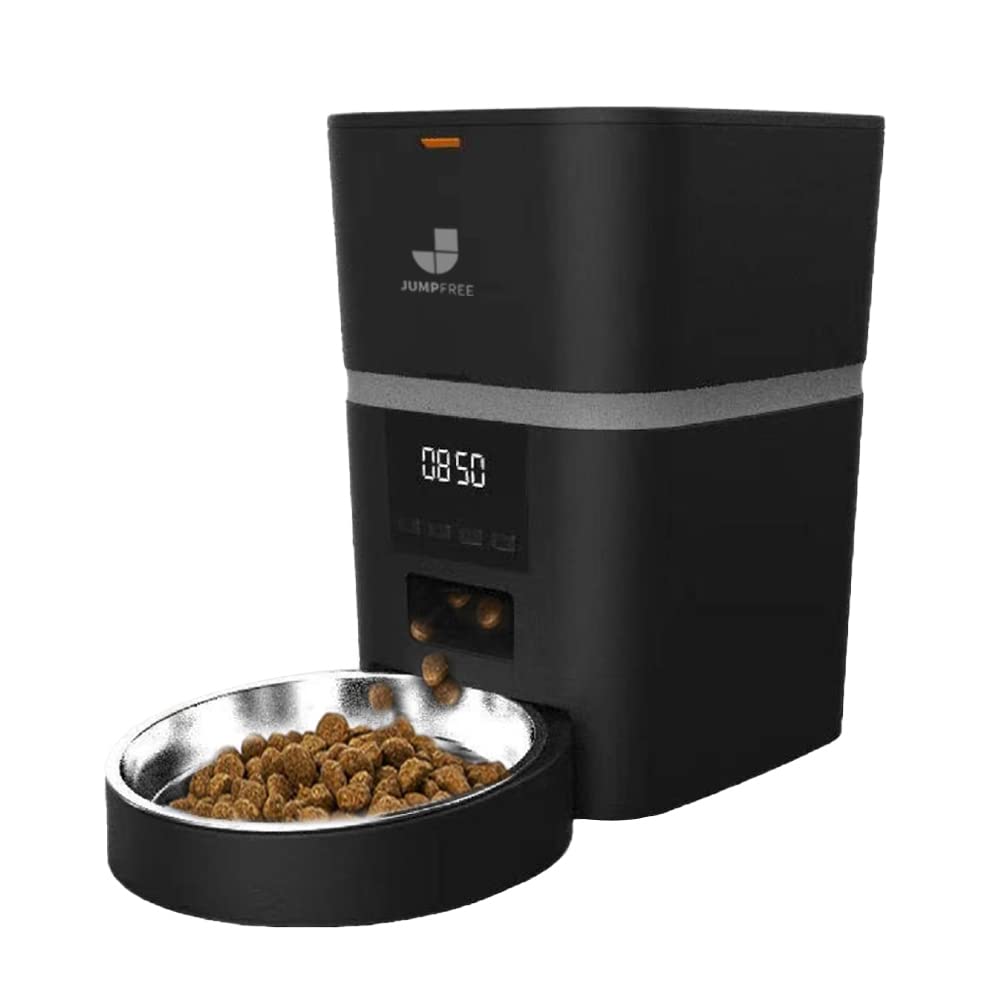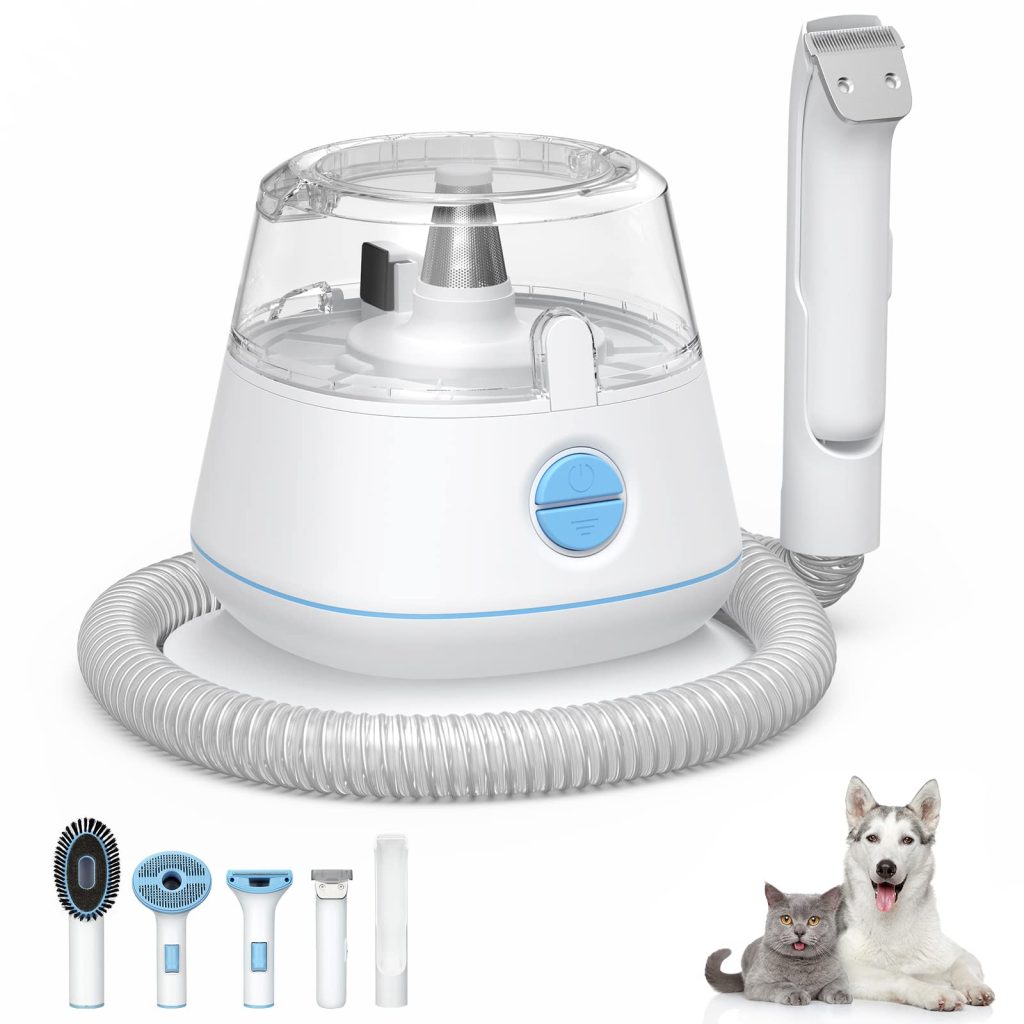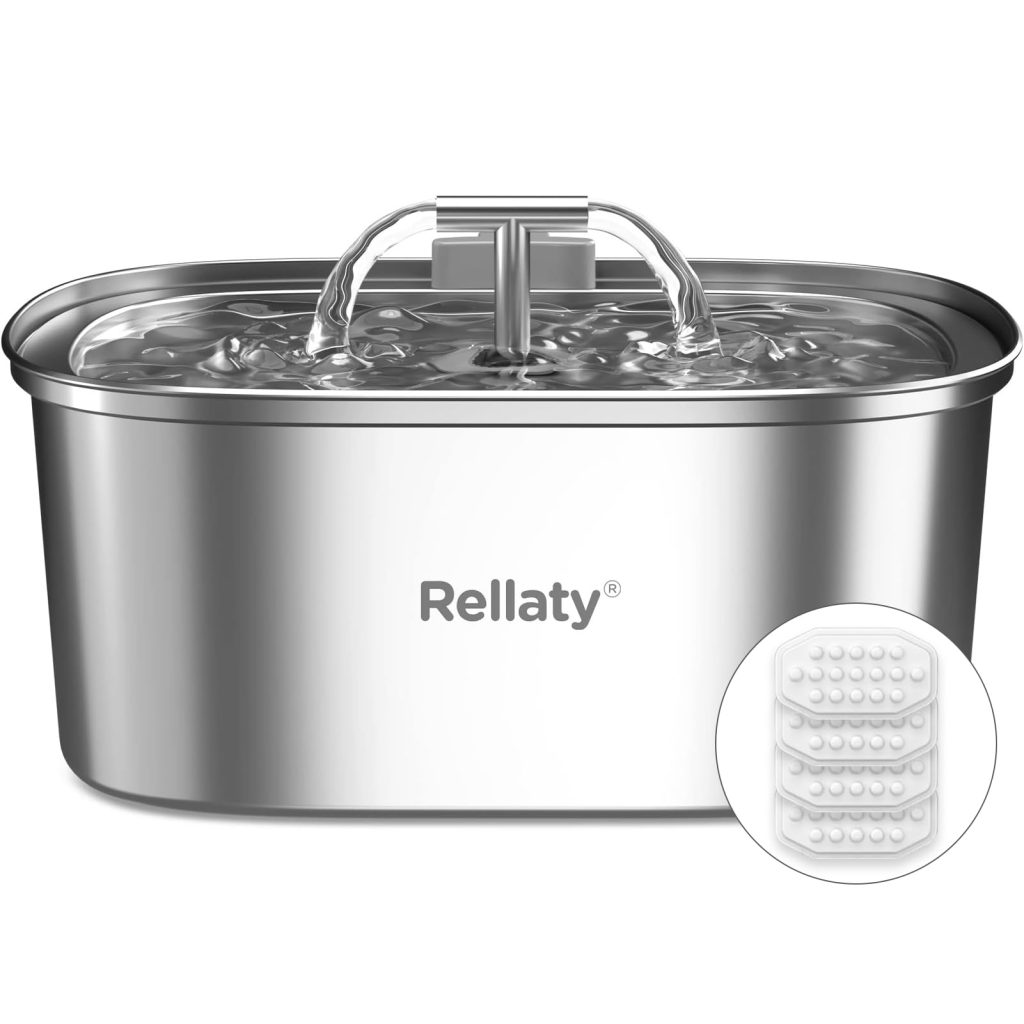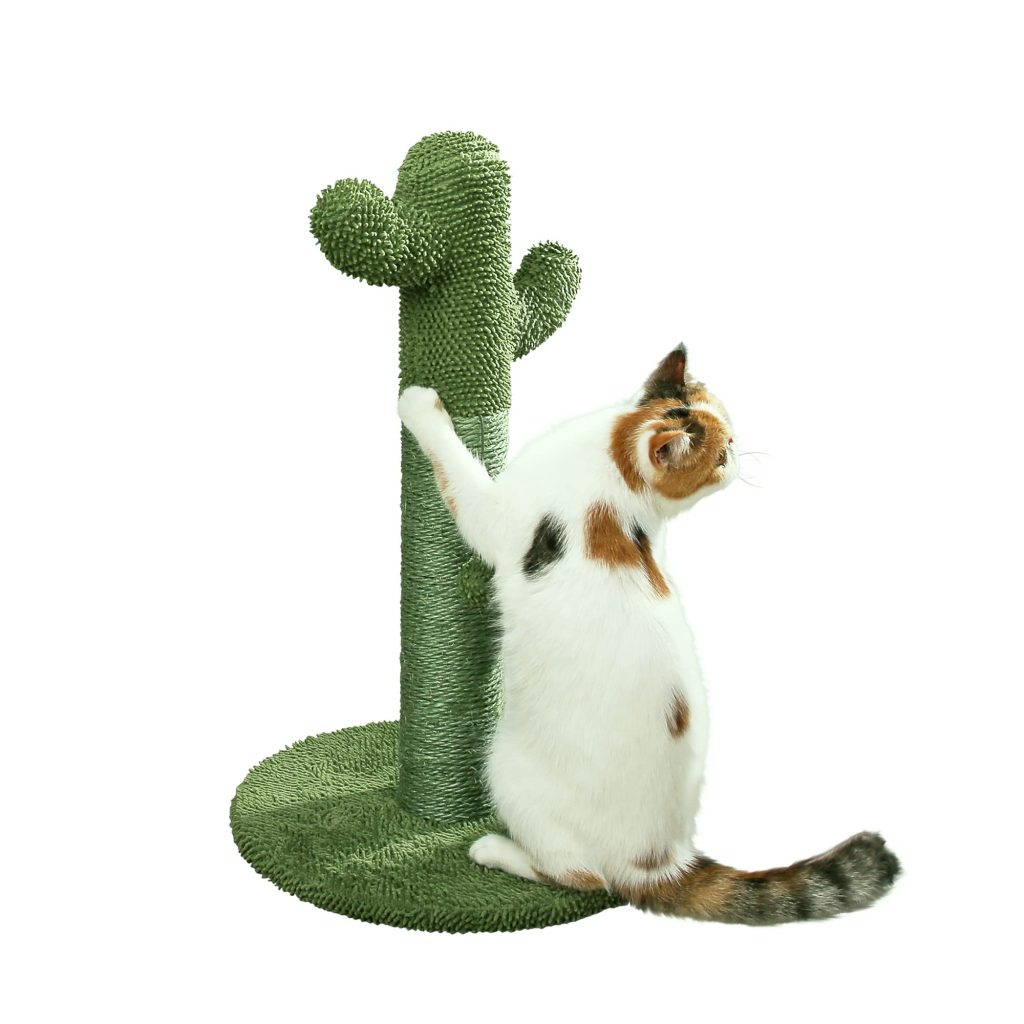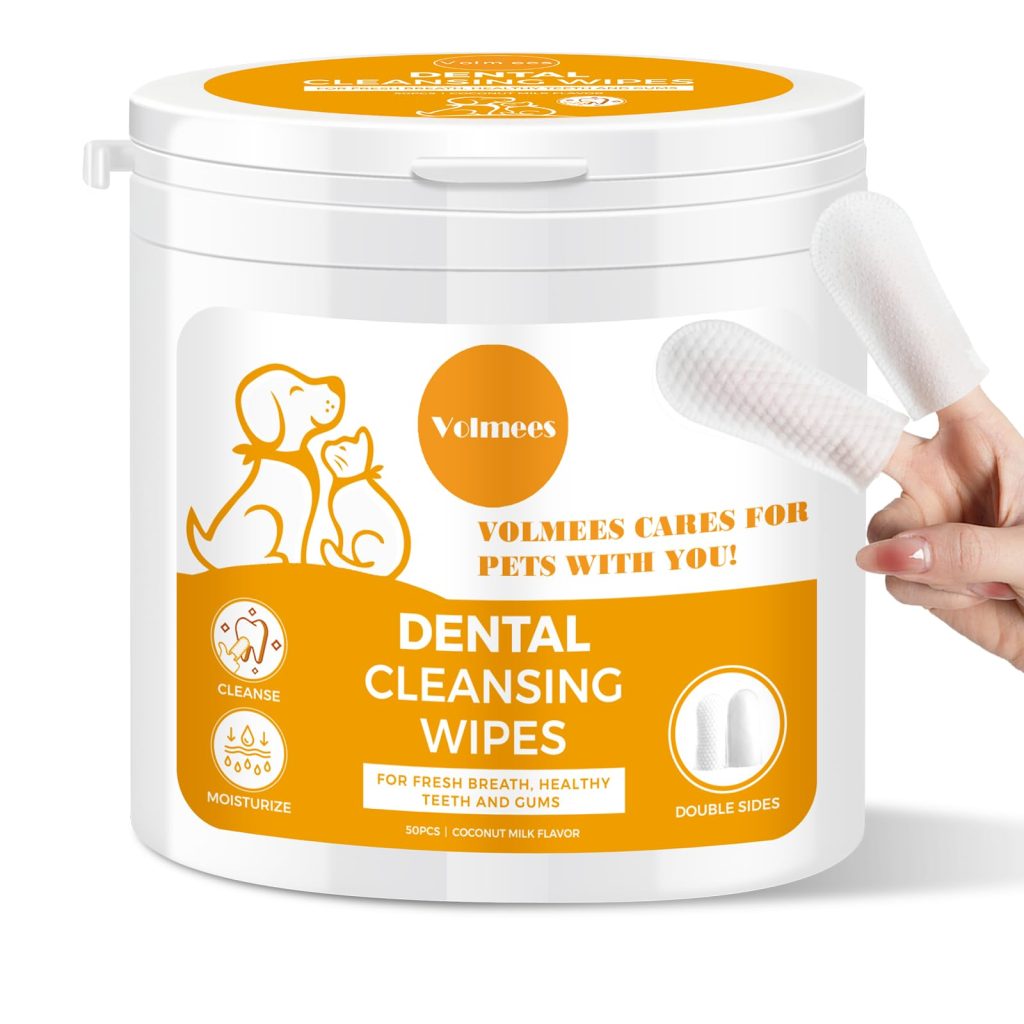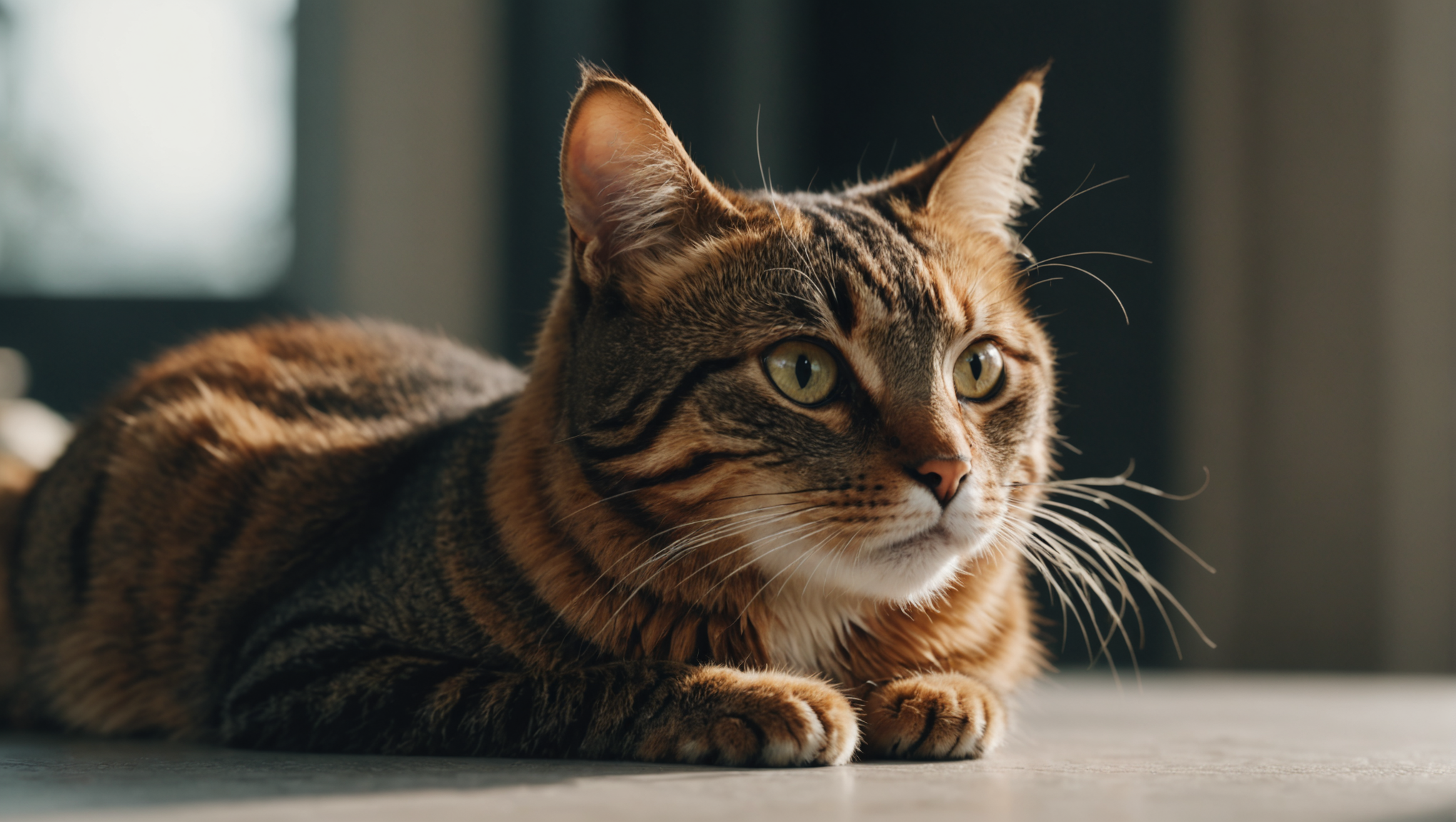
In the intricate web of feline health, where each nutrient plays a pivotal role, omega-3 fatty acids emerge as essential players that can significantly influence a cat’s overall well-being. These polyunsaturated fats, particularly prevalent in marine sources, serve a multitude of purposes that extend beyond mere nutrition; they’re instrumental in fostering both physical vitality and cognitive function, akin to the way a maestro harmonizes an orchestra to create a beautiful symphony. The human context often reflects this sentiment, encapsulated in the quote, “You are what you eat,” underscoring the profound impact of dietary choices on health. For our beloved felines, this adage rings particularly true.
Omega-3 fatty acids, primarily in the forms of eicosapentaenoic acid (EPA) and docosahexaenoic acid (DHA), are paramount in promoting a range of biological functions. They’re critical in mitigating inflammation, a common precursor to a high number of health issues that can afflict our furry companions, including arthritis, heart disease, and skin allergies. By combating inflammatory responses, omega-3s not only enhance mobility in older cats but also facilitate a sleeker, healthier coat, illuminating the unique beauty of each feline, just as fitness transforms the physical presence of an athlete.
The neurological benefits of omega-3 fatty acids cannot be overstated; DHA, in particular, plays an integral role in brain health and cognitive development. Just as we prioritize mental stimulation for the enrichment of our dogs and human family members, ensuring adequate intake of DHA can lead to improved learning capabilities and memory retention in cats. The importance of early life nutrition is evident, as kittens developing in a rich omega-3 environment exhibit superior cognitive performance compared to their counterparts. It’s a nurturing strategy of nature, where the foundation of a cat’s cognitive prowess is quietly anchored in their dietary components.
Moreover, the emotional and psychological aspects of a cat’s life are harmonized by omega-3 fatty acids. These nutrients have been linked to decreased anxiety and stress levels, often transforming high-strung or skittish felines into more relaxed, confident companions. It’s reminiscent of a soothing presence in a stormy environment, providing a serene anchor amidst chaos. For instance, cats experiencing chronic stress may exhibit behavioral problems that can disrupt the peaceful harmony we strive to cultivate in our homes. The inclusion of omega-3s into their diet can act as a natural balancer, promoting a sense of calmness and stability.
In sum, merely considering omega-3 fatty acids as dietary supplements overlooks their elegance in contributing to a multifaceted approach to optimal feline health. Like the nuanced intricacies of a well-unfolded yoga practice, the benefits of omega-3s interweave through various aspects of a cat’s life—spanning physical, emotional, and cognitive dimensions. As guardians of these remarkable beings, our commitment to understanding and integrating the importance of omega-3 fatty acids into their diet symbolizes a deeper love and responsibility, ensuring our feline companions thrive both physically and emotionally, reflecting the joy and vigor they so deeply deserve.
Health Benefits for Cats
The myriad health benefits that omega-3 fatty acids confer upon cats are nothing short of transformative, echoing the holistic nature of their well-being. As the contemporary caregiver places immense value on the quality of life for their feline companions, omega-3 fatty acids stand out as unsung heroes, elevating health beyond the mere absence of illness to a thriving state of vibrancy and joy. Just as the wise sage might advise nurturing the body, mind, and spirit in unison, so too does the integration of these essential fatty acids reflect a balanced approach to cat health.
Fundamentally, the anti-inflammatory properties of omega-3 fatty acids are paramount. Cats, particularly as they age, may become more susceptible to a host of inflammatory conditions such as osteoarthritis and various dermatological issues. By introducing omega-3s into their diet, the natural anti-inflammatory effects can provide significant relief; they have the potential to ease discomfort and improve mobility, allowing our senior cats to frolic once more, reminiscent of their youth. Imagine an elderly cat regaining the ability to leap onto a favorite perch—a literal rise in their spirits as they reclaim lost abilities through the assistance of these nutritional powerhouses.
On a cellular level, omega-3 fatty acids intervene in the intricate processes of cell membrane fluidity and function, enhancing cellular communication and the immune response. This heightened responsiveness can lead to an overall bolstering of the immune system, crucial in warding off illness. The complex interactions of nutrients within the body can be likened to a network of interconnected pathways, with omega-3s acting as vital conduits, ensuring signals are transmitted effectively throughout the system, akin to a smoothly running engine in a well-tuned vehicle.
Furthermore, the mental acuity and emotional health of our cats significantly benefit from these omega giants, primarily DHA, which prominently features in the structure of brain cells. Studies have shown that cats nourished with sufficient DHA exhibit improved cognitive function and resilience against age-related decline. Think, for instance, the behavioral transformations seen in older cats: those who have been steadily incorporating omega-3s into their diets display heightened curiosity, engagement with their environment, and improved socio-emotional interactions with their human companions. In essence, they not only feel better physically but are also empowered to express their unique personalities.
Notably, the potential of omega-3 fatty acids in promoting a healthy coat and skin cannot be overlooked. With their moisturizing properties, omega-3s contribute to maintaining a lustrous, supple coat, reducing issues such as dry skin and excessive shedding. Observing a cat playfully basking in a sunbeam, their fur shimmering with health—a reflection of their internal well-being—is a sight that brings both joy and reassurance to pet owners. This outer beauty often mirrors the inner wellness cultivated through the right nutrition.
The incorporation of omega-3 fatty acids also extends to gastrointestinal health, where they may fortify the gut barrier and improve the overall microbiome, supporting digestive fluidity and nutrient absorption. A house filled with joyous purring and playful antics is a house with a well-functioning digestive system—echoing the essence of health as a multi-dimensional tapestry interwoven with countless fibers, each contributing to the overall tapestry.
To recount, the health benefits of omega-3 fatty acids weave a narrative rich in both science and anecdote. Their ability to foster physical vitality, enhance cognitive functioning, and soothe emotional turbulence paints a picture of comprehensive feline health. As stewards to these vibrant creatures, we are entrusted with the profound opportunity to enrich their lives through informed dietary choices, embracing the wisdom inherent in the nature that guides us all. In our quest to nurture their well-being, let us acknowledge and elevate the indispensable role omega-3 fatty acids play, ushering our cats into a realm of optimal vitality and exuberance.
Sources of Omega-3 Fatty Acids
When considering the myriad sources of omega-3 fatty acids, one must look beyond the conventional aisles of pet food stores to uncover a treasure trove of natural options that can significantly enhance your cat’s diet. A profound understanding of these sources and their implications for feline health is necessary to optimize the benefits of omega-3s. The most commonly cited sources are marine-based options; indeed, fish and other aquatic organisms serve as nature’s bountiful reservoirs of these essential fatty acids.
Among the finest representatives in this category are oily fish such as salmon, sardines, and mackerel. Rich in both eicosapentaenoic acid (EPA) and docosahexaenoic acid (DHA), these fish offer a delectable treat for even the most discerning feline palate. Picture the exhilaration of your cat, eyes wide with excitement as you present a well-cooked piece of salmon; the act not only nourishes their body but also engenders a sense of bonding between companion and caregiver. It’s a win-win scenario for both parties. The omega-3s in these fish play a significant role in combating inflammation, promoting heart health, and supporting cognitive functions, reinforcing the old adage that “food is medicine.”
In addition to fish, algae stands out as another inspiring source of omega-3s, particularly for those seeking vegetarian or sustainable options. Algal oil, derived from marine algae, is a veritable powerhouse of DHA, providing an excellent alternative to traditional sources while minimizing ecological impacts. This aspect resonates deeply with environmentally conscious pet owners who wish to nurture their cats while honoring the delicate balance of nature. As a supplement or mixed into their diet, algal oil offers the same health benefits as fish, illuminating the path toward a more sustainable cat-care philosophy.
Flaxseed and chia seeds, often hailed in human diets for their omega-3 content, also deserve mention. Though they primarily provide alpha-linolenic acid (ALA), a type of omega-3 that your cat must convert into EPA and DHA, they can still be valuable components of a balanced diet. These plant-based options can be ground and sprinkled into your cat’s food or blended into homemade treats, providing additional fiber alongside the omega-3 benefits. However, care should be taken to introduce these gradually, as alarming digestive upsets could ensue if cats are unaccustomed to such additions. It’s a reminder that, in all our well-meaning intentions, we must always listen to our cats, tuning in to their unique dietary needs.
Pumpkin seeds and walnuts, while benefiting from omega-3s, feature more prominently in holistic cat diets as supplementary sources rather than mainstays. The inclusion of these seeds can have a dual purpose; not only do they add beneficial fatty acids, but they also enrich the diet with important vitamins and minerals. However, as with any new food introduction, introducing these in moderation is crucial; our feline friends can be quite discerning, often presiding over their dinner bowls like royalty.
Consideration of omega-3 sources should also transcend mere availability; the quality of these nutrients is equally paramount. Opting for certified organic or sustainably sourced products ensures that your cats are not only consuming quality ingredients but are also safeguarded from harmful pollutants and chemicals that can compromise their health. It’s akin to choosing vibrant, fresh produce that sings with natural energy, versus tired, processed alternatives that lack vitality.
To summarize, the sources of omega-3 fatty acids for felines range from the ocean’s depth to the earth’s fields, each presenting unique offerings tailored to enhance your cat’s health and well-being. By prioritizing high-quality, diverse options, from fatty fish to sustainable algae, cat guardians can create a customized dietary landscape that nourishes not just the body, but the emotional and cognitive dimensions of these cherished companions. As custodians of their delight, we have the privilege of unveiling a gastronomic journey that honors their intrinsic nature, fostering health and happiness through the simple act of feeding them well.
How to Incorporate Omega-3 into Your Cat’s Diet
The integration of omega-3 fatty acids into your cat’s diet is not merely a consideration for enhancing their health; it’s an enriching experience that transforms mealtime into moments of joy and nutrition. The method of embedding these crucial nutrients into your cat’s daily regimen unveils a universe of possibilities—each choice leading to an opportunity for deeper connection and care. The journey begins with an exploration of the most delightful and effective ways to introduce omega-3s in a manner that’s both appealing to your feline companion and beneficial to their overall health.
A quintessence of convenience and creativity lies within the realm of high-quality cat foods that tout omega-3 fatty acids among their ingredients. As more pet food manufacturers recognize the significance of these essential nutrients, an abundance of options has emerged on the market. Choosing a well-formulated commercial cat food with added omega-3s, specifically eicosapentaenoic acid (EPA) and docosahexaenoic acid (DHA), can serve as a simpler yet impactful strategy. When selecting such a product, discerning searchers of quality should look for explicit labeling and certifications that ensure the inclusion of these fatty acids without compromising on overall nutrition.
For those inclined to embark on a culinary adventure, incorporating whole foods such as oily fish into your cat’s diet can transform mealtime into a gourmet experience. Feeding your feline a small, cooked portion of salmon, sardines, or mackerel not only delivers omega-3s but also indulges their innate predatory instincts—nothing thrills a cat quite like the succulent taste of fresh fish. Grilled, baked, or lightly steamed options stand as the gold standard, ensuring that nutritional integrity is preserved while maximizing palatability. It’s about making meals a celebration rather than a chore, deepening the bond between caregiver and feline through shared pleasure.
When considering home-prepared diets, it’s vital to ensure completeness and balance in nutrition. Supplementing with fish oil or algal oil can effectively elevate the omega-3 content of homemade meals. By introducing these oils judiciously—beginning with small amounts and gradually increasing as tolerated—you can cater to your cat’s unique taste preferences while reaping the benefits of these powerhouse nutrients. Ponder of it as crafting a signature dish, one that may delight your feline’s palate while fundamentally supporting their health.
Creativity also flourishes through the art of treat-making. Incorporating ground flaxseed or chia seeds into irresistibly tasty homemade treats can add valuable omega-3s. These seeds can be mixed into a dough or sprinkled onto existing treats to provide an appealing crunch and additional nutrients. However, introduce these ingredients gradually, allowing your cat’s digestive system to adapt, ensuring that their journey toward optimal health remains smooth and enjoyable.
Additionally, recognizing that not all cats have the same inclinations is pivotal. Some may simply turn up their noses at new additions to their diet. In such instances, exploring high-quality, palatable omega-3 supplements, such as flavored fish oil capsules designed specifically for cats or liquid forms, can serve as an alternate route. Administering these supplements may not only foster compliance but enhance the overall feeding dynamic, converting omega-3 addition into a routine treat.
To fully embrace the potential of omega-3 fatty acids, it’s fundamentally important to maintain a spirit of experimentation, akin to an artisanal chef curating distinct flavors for their gourmet creations. Observing and responding to your cat’s preferences is key; it’s a valuable exercise in mindful caregiving. As differences emerge in taste and texture preferences among individual cats, tailored approaches to incorporating omega-3s encourage balance, variety, and respect for their instincts. Listening to their needs positions us more as astute companions than just caretakers, allowing for a relationship steeped in love, attentiveness, and wellness.
Ultimately, the incorporation of omega-3 fatty acids into your cat’s diet is an endeavor filled with both responsibility and reward. Through mindful choices—whether selecting premium foods, experimenting with whole fish, or delighting in culinary creativity—you are not just feeding a cat; you’re nurturing a cherished family member. By prioritizing their health through nutritional empowerment, you illuminate the path towards a more vibrant existence, echoing that blend of vitality and serenity every cat deserves to experience.
